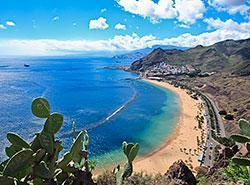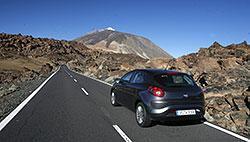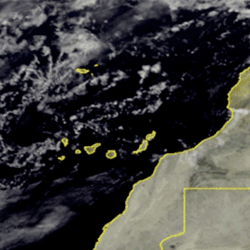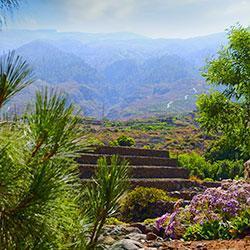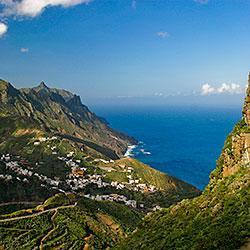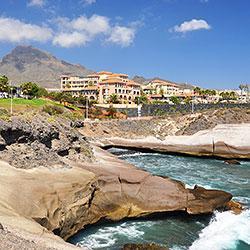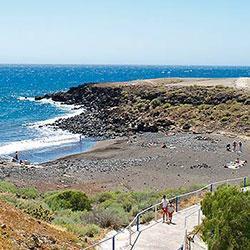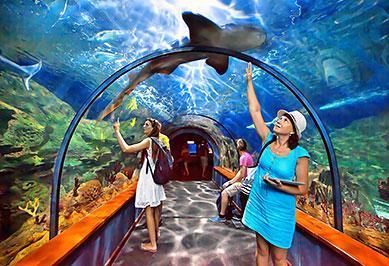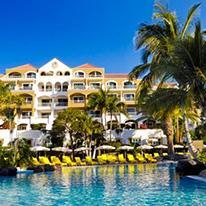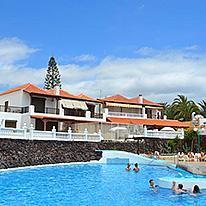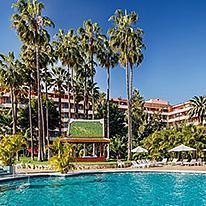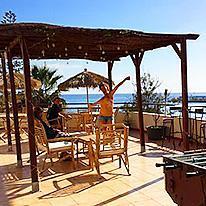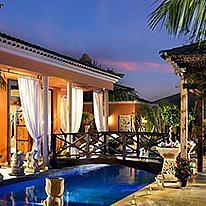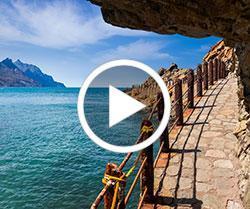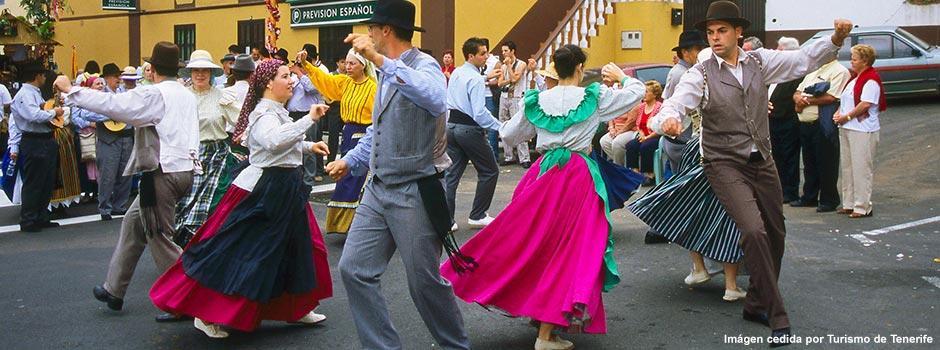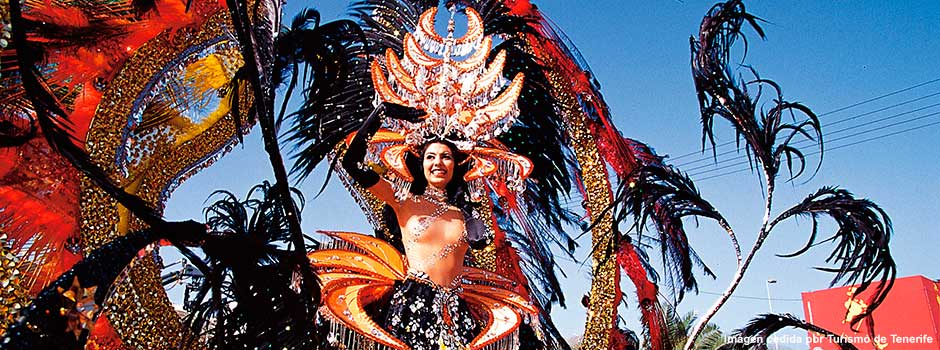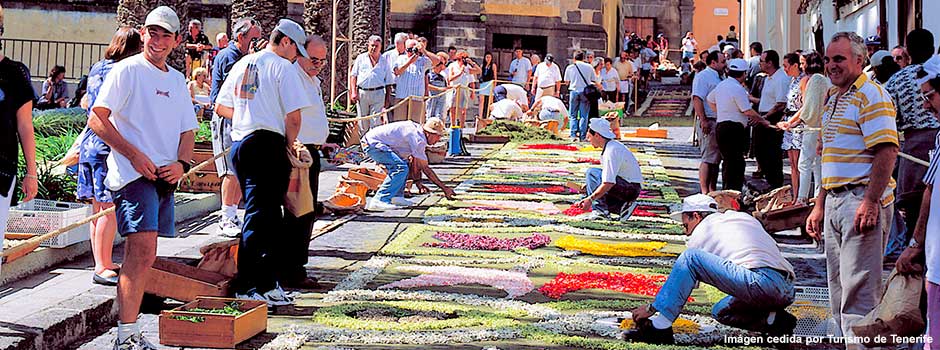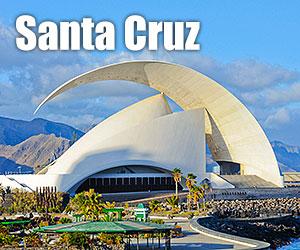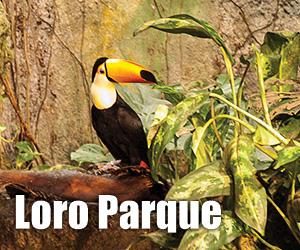Hispanic culture began all over the Canary Islands at the end of the 15th Century when Spain officially ruled over the archipelago. Since that time, the Spanish influence has dominated the traditions, customs and general culture of these islands, including Tenerife.
Rich and exciting, the culture found here is vibrant and can be discovered in every corner. From the museums and art galleries of the cosmopolitan capital Santa Cruz to the quaint cobbled streets of Puerto de la Cruz in the beautiful Orotava Valley. The typical Canarian villages tucked away in the mountains and of course the culture of the south and west coast; the island is full of signs of the Spanish way of life.
The gastronomy is heavily influenced by Spanish cooking as well as the architecture, and let us not forget the bank holidays or fiestas. The most important of these is Semana Santa (Holy Week), which is celebrated the week before Easter. The notion of having Romerías, special days where people honour their patron saint, also comes from Spain as does the tradition of having a break during the hottest part of the day when many shops and businesses close for lunch and reopen later when the temperature cools.
Being a small island in the Atlantic Ocean, Tenerife has been accustomed to influences from other nationalities with many different cultures visiting over the years. Although this has been embraced, the people of Tenerife have held onto their own traditions; a quality they are very proud of.


